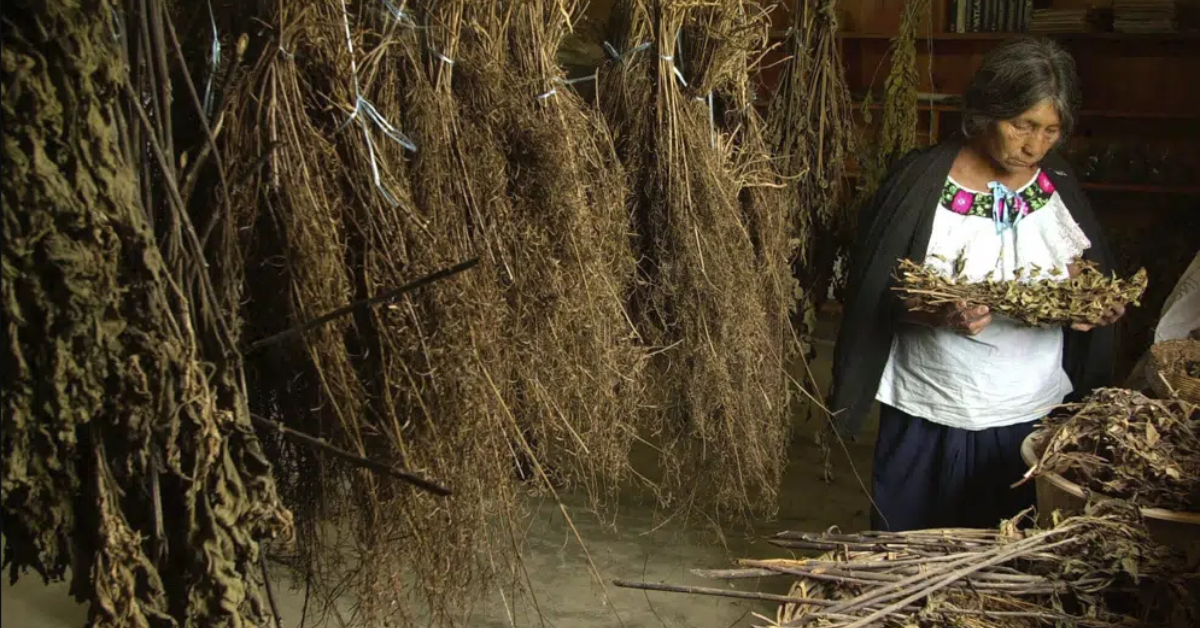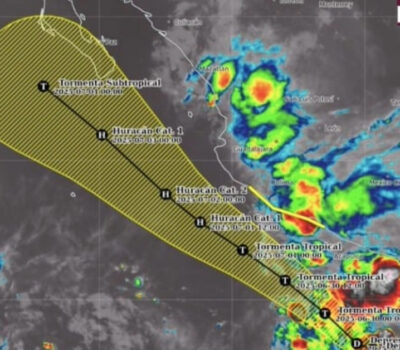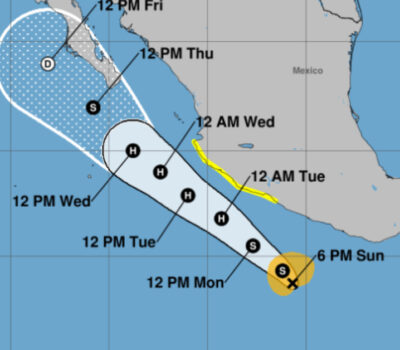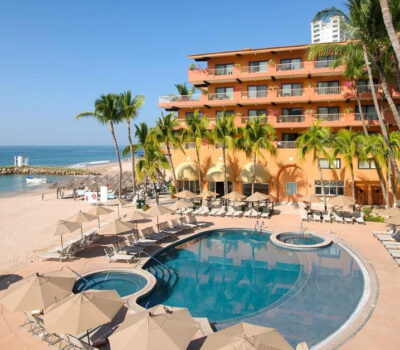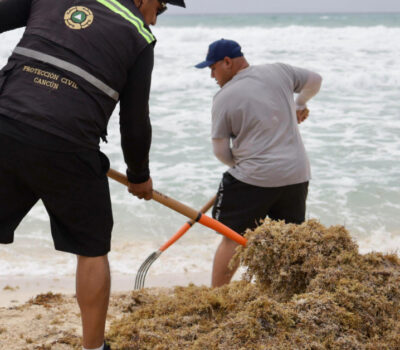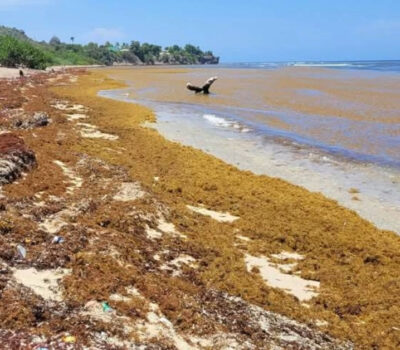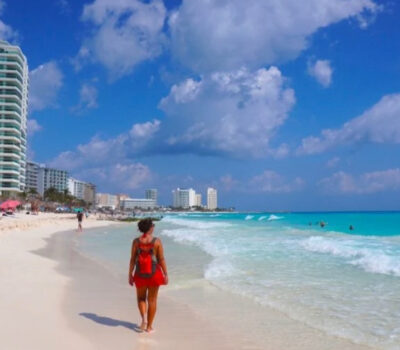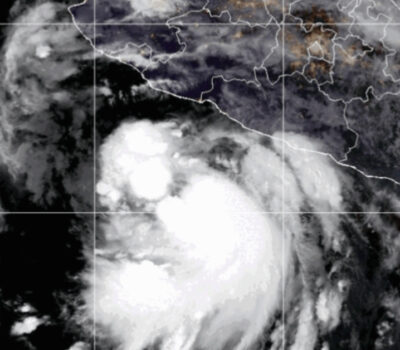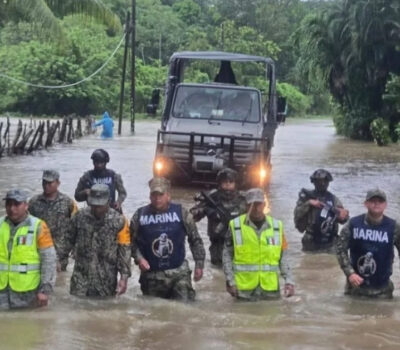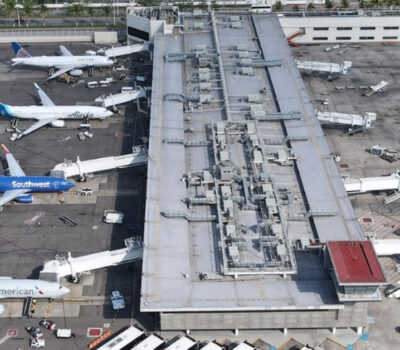Puerto Vallarta (AP) — Health authorities in Mexico said Tuesday they will use more traditional medicine and more Cuban doctors in the country’s woefully under-equipped public hospital system.
Zoe Robledo, the head of Mexico’s largest public hospital network, said at a news conference that the system will hire 753 practitioners of traditional massage and herbal treatments.
The Social Security Institute will also employ “curanderos,” who are non-licensed healers who use bundles of herbs, smoke, alcohol, and eggs to “draw” sickness out of the bodies of their patients.
“Thanks to traditional medicine, humans have managed to overcome threats to their physical, emotional, and spiritual wellbeing,” Health Secretary Jorge Alcocer said at the news conference.
The hospitals and clinics will also employ midwives and people who practice a traditional form of chiropractic medicine.
Apparently, they won’t necessarily be licensed professionals. Instead, they will “base their treatment on ancestral knowledge,” according to a statement by the office of President Andrés Manuel López Obrador.
The system also will seek to double the approximately 600 Cuban doctors who have been offered jobs in Mexico.
While many Mexican hospitals lack specialized doctors — especially in rural or violence-plagued areas — the country’s healthcare system has even starker deficits in medicines, hospitals, and equipment.
Patients’ relatives often have to go and search for medications, surgical supplies, and donated blood in order to get the care their loved ones need.
That is largely the result of decades of under-investment in the health care system.
Puerto Vallarta (AP) — Health authorities in Mexico said Tuesday they will use more traditional medicine and more Cuban doctors in the country’s woefully . . .

